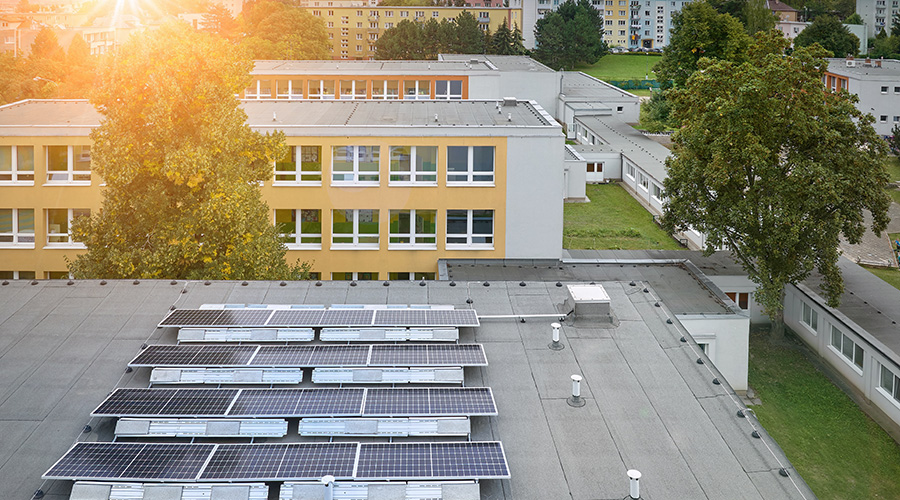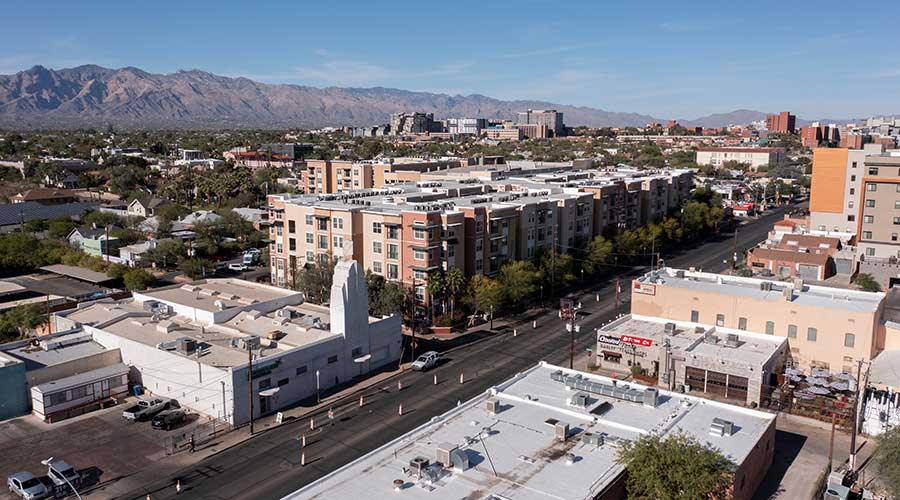Schools Spend $600 Billion on Facilities, But Inequities Persist, Report Finds
Growth and Disparity: A Decade of U.S. Public School Construction 1995-2004, is a new study that finds that the nation's school districts spent more than $300 billion for hard bricks and mortar costs to build and renovate schools, but when counting all costs related to construction -- land, fees, furnishings, and interest payments -- the total for school construction approached $600 billion.
Growth and Disparity: A Decade of U.S. Public School Construction 1995-2004, is a new study that finds that the nation's school districts spent more than $300 billion for hard bricks and mortar costs to build and renovate schools, but when counting all costs related to construction -- land, fees, furnishings, and interest payments -- the total for school construction approached $600 billion.
But despite this massive investment in public infrastructure, many of the nation's children are still in crowded and substandard buildings. This report shows that the schools with the greatest need, primarily those in high-poverty and predominantly minority school districts, have seen the least investment. Further, the money spent on schools in low-income communities was more likely to go to basic health and safety needs such as asbestos removal or roof replacement rather than educational enhancements.
The study is the first to assess the nation's progress in improving public school buildings since the troubling findings in the General Accounting Office's 1995 report, "The Condition of America's Schools." The new Growth and Disparity report, by the Building Educational Success Together (BEST) partnership includes state by state information on school construction spending from 1995-2004.
BEST concludes that quality school facilities need to be integrated into education policy at the federal, state and local levels. The No Child Left Behind Act, which is silent on school facilities, should identify the quality of school buildings as a critical factor in closing the achievement gap. Greater attention needs to be paid to what is happening and who is benefiting from massive school construction spending.
Data were analyzed by BEST which is made up of national and local organizations working to improve public education and communities. The BEST partners are: 21st Century School Fund; Washington, DC; Education Law Center; Newark, NJ; KnowledgeWorks Foundation; Cincinnati, Ohio; National Clearinghouse for Educational Facilities; Washington, DC; National Trust for Historic Preservation; Washington, DC; Neighborhood Capital Budget Group; Chicago, IL; New Visions for Public Schools; New York, NY; Center for Cities and Schools; University of California - Berkeley.
Related Topics:











